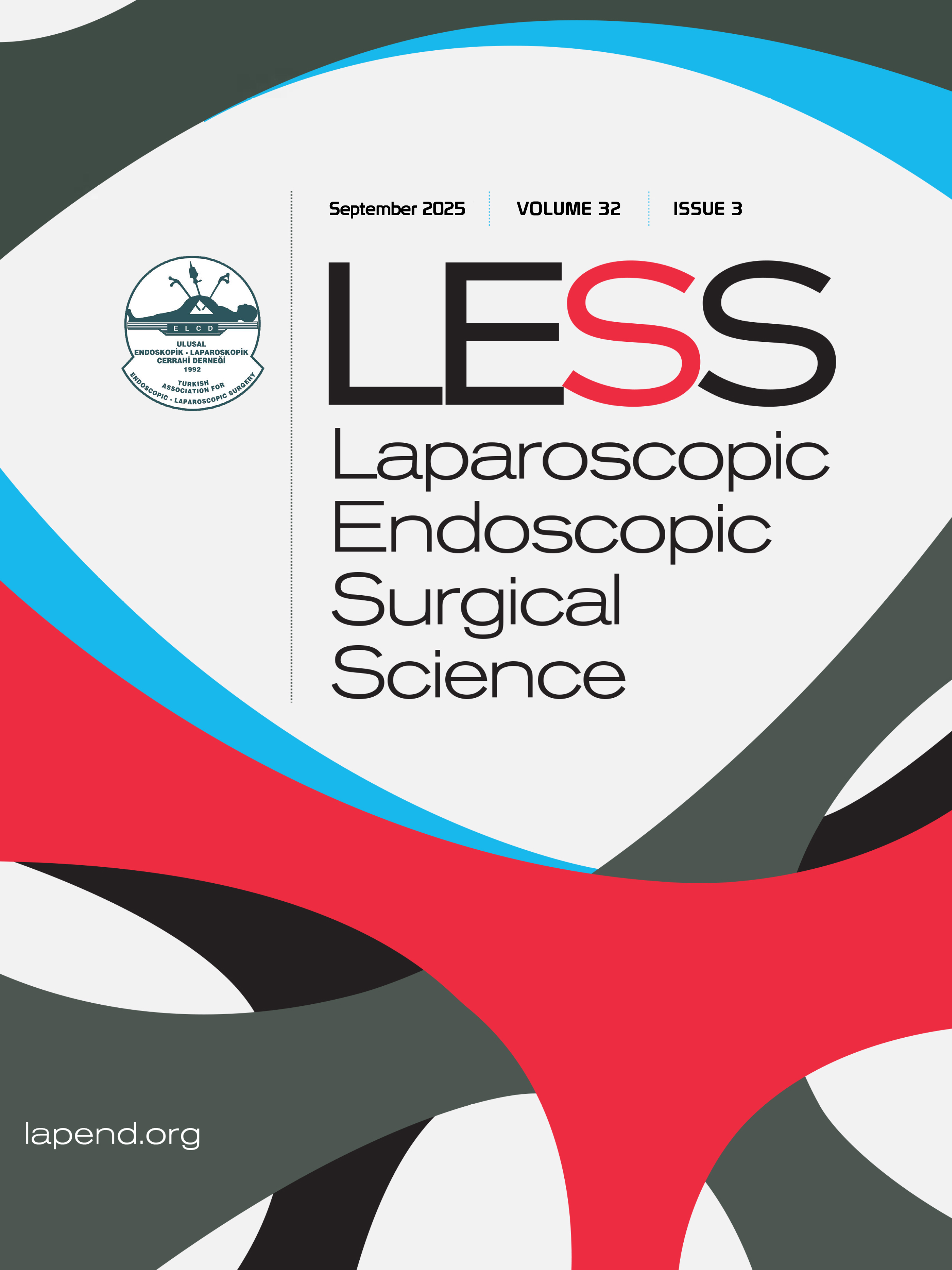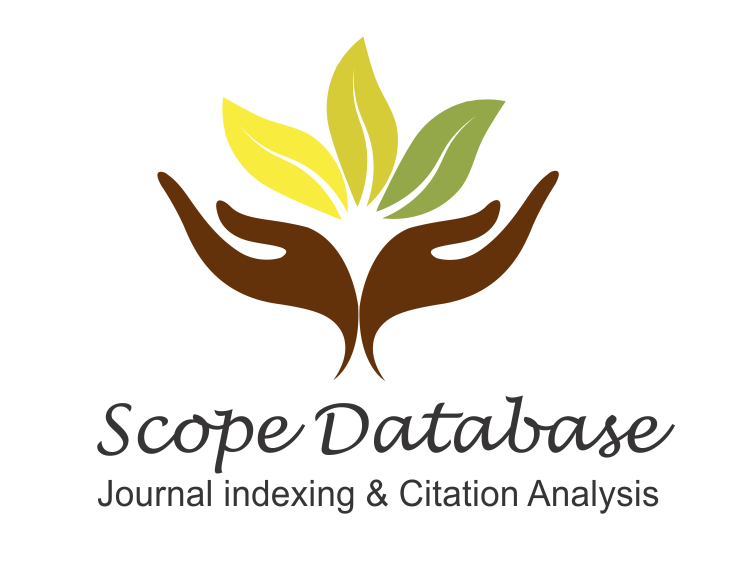What to expect in the first 3 months following a sleeve gastrectomy?
Müjgan Kaya Tuna1, Ismail Ertuğrul2, Özlem Çakır Madenci3, Dilek Yavuzer41Department of Obesity, Dr. Lutfi Kırdar Kartal City Hospital, Istanbul, Türkiye2Department of General Surgery, Dr. Lutfi Kırdar Kartal City Hospital, Istanbul, Türkiye
3Department of Biochemistry, Dr. Lutfi Kırdar Kartal City Hospital, Istanbul, Türkiye
4Department of Pathology, Sancaktepe Şehit Prof. Dr. İlhan Varank Training and Research Hospita, İstanbul, Türkiye
INTRODUCTION: The purpose of this descriptive study was to analyze the clinical, laboratory, anthropometric, and histological results of patients who underwent laparoscopic sleeve gastrectomy (LSG) before and three months after the operation.
METHODS: A total of 110 patients who were followed and underwent LSG between January 2021 and December 2021 were included in this study. Body mass index (BMI), waist and hip circumference, soft lean mass (SLM), percent body fat (PBF), and common laboratory parameters were evaluated before and three months after the LSG. Endoscopic biopsies and LSG specimens were examined by the pathology department.
RESULTS: The mean age of the patients was 40.8±11.3 years, and 78.4% were female. There was no significant difference in age in terms of gender (p=0.789). The mean age was significantly lower in patients without comorbid diseases and chronic drug use (p<0.001). There was a significant decrease in BMI, PBF, SLM, glucose, HOMA-IR, HbA1c, total cholesterol, and triglyceride values in the third month (all ps <0.001). A significant correlation was observed between PBF% change and SLM% change values at post-op 3rd month (r=0.332, p=0.001). BMI% and PBF% change showed a stronger correlation than BMI% and SLM% change with (r=0.447, p<0.001) and (r=0.253, p=0.016), respectively. Histopathologic findings of LSG revealed gastrointestinal stromal tumor in 2 cases, neuroendocrine hyperplasia in 2 cases, and intestinal metaplasia in 13 cases, which were detected incidentally.
DISCUSSION AND CONCLUSION: LSG is an effective treatment for obesity and associated comorbidities, with significant improvements observed in metabolic parameters, hypertension, and laboratory values. Careful monitoring and follow-up are essential to detect and treat potential histopathologic findings.
Keywords: Bariatric Surgery, Gastrectomy, Gastrointestinal Stromal Tumors, Obesity
Manuscript Language: English















